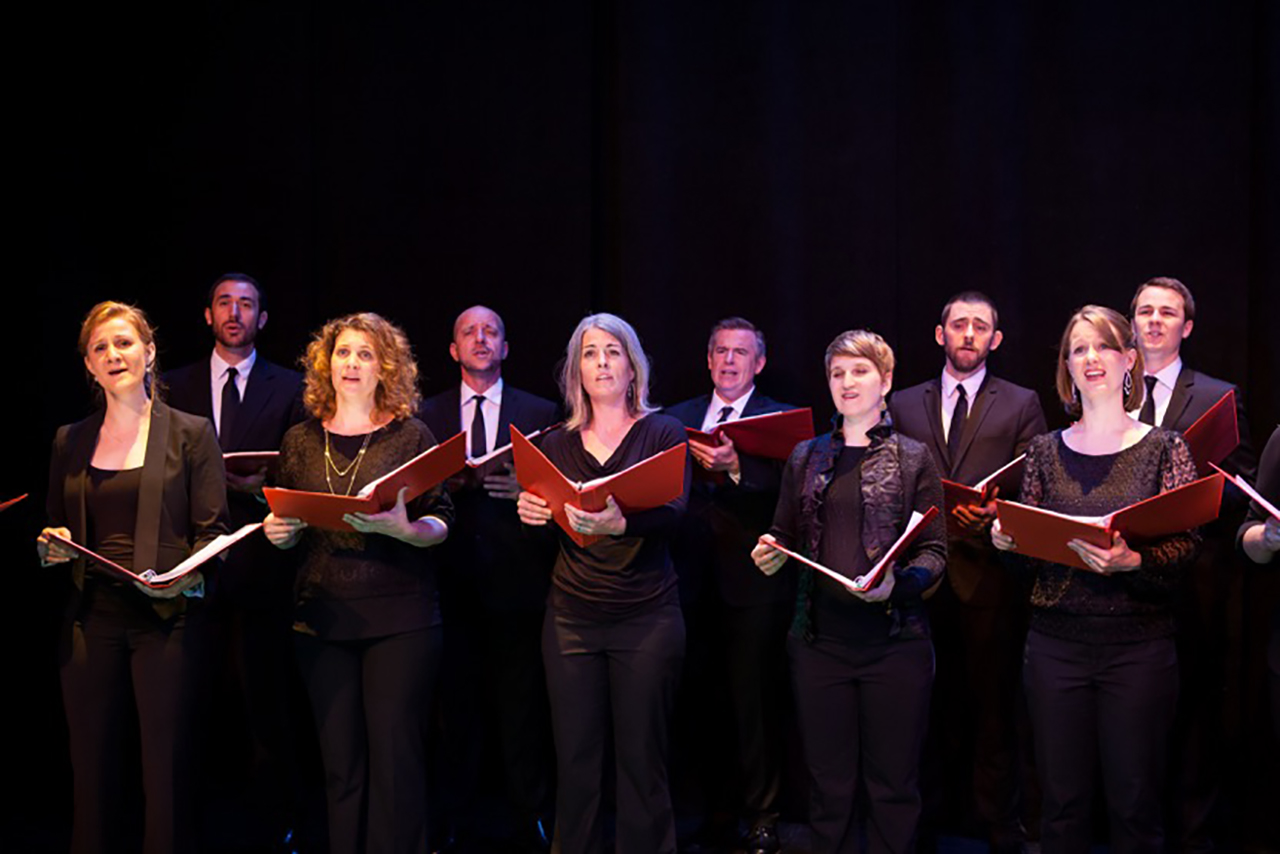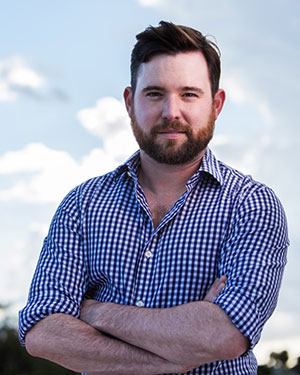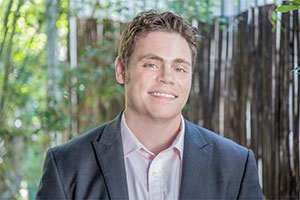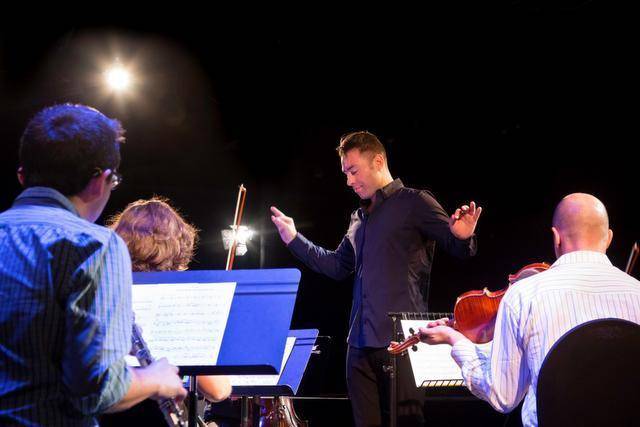
How they did it: Going from an arts startup to a leading organization
Above: Miami’s Seraphic Fire choir. Credit: Seraphic Fire.
April will mean big news for two South Florida musical groups pushing the bounds of classical music: Choir Seraphic Fire will wrap up its first, highly-praised national tour. Meanwhile, the recently-launched Nu Deco Ensemble will complete its inaugural season, where it wowed crowds with the way it moves between classical music and other genres like Afro-Cuban funk.
Both these groups have more in common than winning a Knight Arts Challenge grant. They have become leading lights in reenergizing classical music in a city with dwindling audiences.
But how did Seraphic Fire go from being an arts startup, to being an established organization? And how is the Nu Deco Ensemble, now just a year old, trying to do the same?
We checked with the leaders of both groups for insights on taking a small arts organization to the next level.

Patrick Dupre Quigley of Seraphic Fire
Patrick Dupre Quigley, founder and artistic director of Seraphic Fire, came to Miami after graduating with a master’s from Yale University in 2002, and quickly found there was no professional choir for 300 miles. So he decided to start his own, with one qualification for all singers: excellence, said Quigley.
“No one [got in] without strong recommendations to their talent,” Quigley said. Although the company would continually be looking for new ways to present choral music, one thing had to remain constant: quality.
“Miami is a difficult place. If you are presenting music it must be of the highest artistic quality possible, substantially higher” than what else is out there.
Other musicians about often ask Quigley whether they should become an arts entrepreneur and launch their own organization, so much so that he wrote a book about it called “A Foolproof Guide to Sustainable Arts Programming.” Among his top reasons why you shouldn’t launch an organization: You don’t like your job, you don’t like your conductor, you want to be famous or you want to spend more time with your family. None of those will work.
The only reason to start an arts organization, he said, is if there is a need that is not being filled, and you are the person with the vision and work ethic to fill it.
“Do you have something to say that’s not being said? If it’s already being done, being said, don’t do it,” he advised.
Starting with a base of local singers, Quigley eventually branched out to incorporate performing artists from across the country, leading to national tours, recordings and a Grammy nomination.
Quigley knew there would be some pitfalls along the way, but he emphasized that learning from mistakes is part of the process. “You have to look at failure. Did we communicate in a way that the audience connected? If not, why not? They won’t come back again if you don’t find out how to reach them.”
But Quigley reminds everyone in the arts world that a path to any success will not be easy and the basis must be grounded in making great art. “Everyone wants both prestige and profit, but if you start with the profit you won’t make it.”
“You can’t be in this for any other reason than to believe in what you are doing, in the artistic excellence. You have to pay everyone else before yourself, forgo groceries to make it happen.”

SAM HYKEN of Nu Deco Ensemble
Sam Hyken, co-founder of Nu Deco, has just started on the arts organization journey. While playing trumpet with the Singapore Symphony he met fellow collaborator Jacomo Bairos in 2004. Hyken recalls they had conversations about how classical was going to survive. Their paths diverged when Hyken landed in Miami with the New World Symphony, and Bairos eventually became musical director of the Amarillo Symphony Orchestra in Texas. But they kept in contact, brainstorming 21st-century ways to free classical from its stodgy confines.
Bairos had started meshing artists, video and design in his programming, while Hyken was dabbling in composing and various music forms.
“I wanted to get my hands in everything, to really explore,” Hyken said.
At the same time, Hyken fell for the cultural renaissance happening in Miami, a place for room “for genre-bending music and collaboration.”
According to Hyken, “we spent a long time crafting our mission,” which would include a chamber orchestra, an eclectic mix of disciplines and music, along with unpredictable venues and partners. The result was Nu Deco, whose first concert in 2014 combined music of young American composer Adam Schoenberg, the French pop duo Daft Punk and a jam with local group Afrobeta.

Nu Deco received a $75,000 Knight Challenge grant in late 2014, and is now in residence at Miami Light Project’s Wynwood space. But they have been performing all over Miami, at the headquarters of the National Young Arts Foundation, on the grounds of an historic estate, at a band shell on Miami Beach and in conjunction with groups such as the Anti-Defamation League and O, Miami poetry festival. Along the way, Nu Deco sought out, and was approached with many possibilities for partnerships – which has helped them build an audience.
“We have been trying for such a cross section,” said Hyken, “to build new audiences… What surprised us is what a nerve we hit, we’ve had such tremendous response.”
Like Quigley, Hyken knows that standing still is a death knell. “We are always re-examining, how better to connect to an audience? How to have consistent and a good product, but….always wanting to be fresh and current.”
This post is part of a series of how Knight Arts Challenge winners took their projects from idea to fruition. Read others in the series.
Recent Content
-
Artsarticle ·
-
Artsarticle ·
-
Artsarticle ·
